The case of Casa Batlló: inside Antoni Gaudí’s ‘happiest’ work
Casa Batlló by Catalan master architect Antoni Gaudí has just got a refresh; we find out more
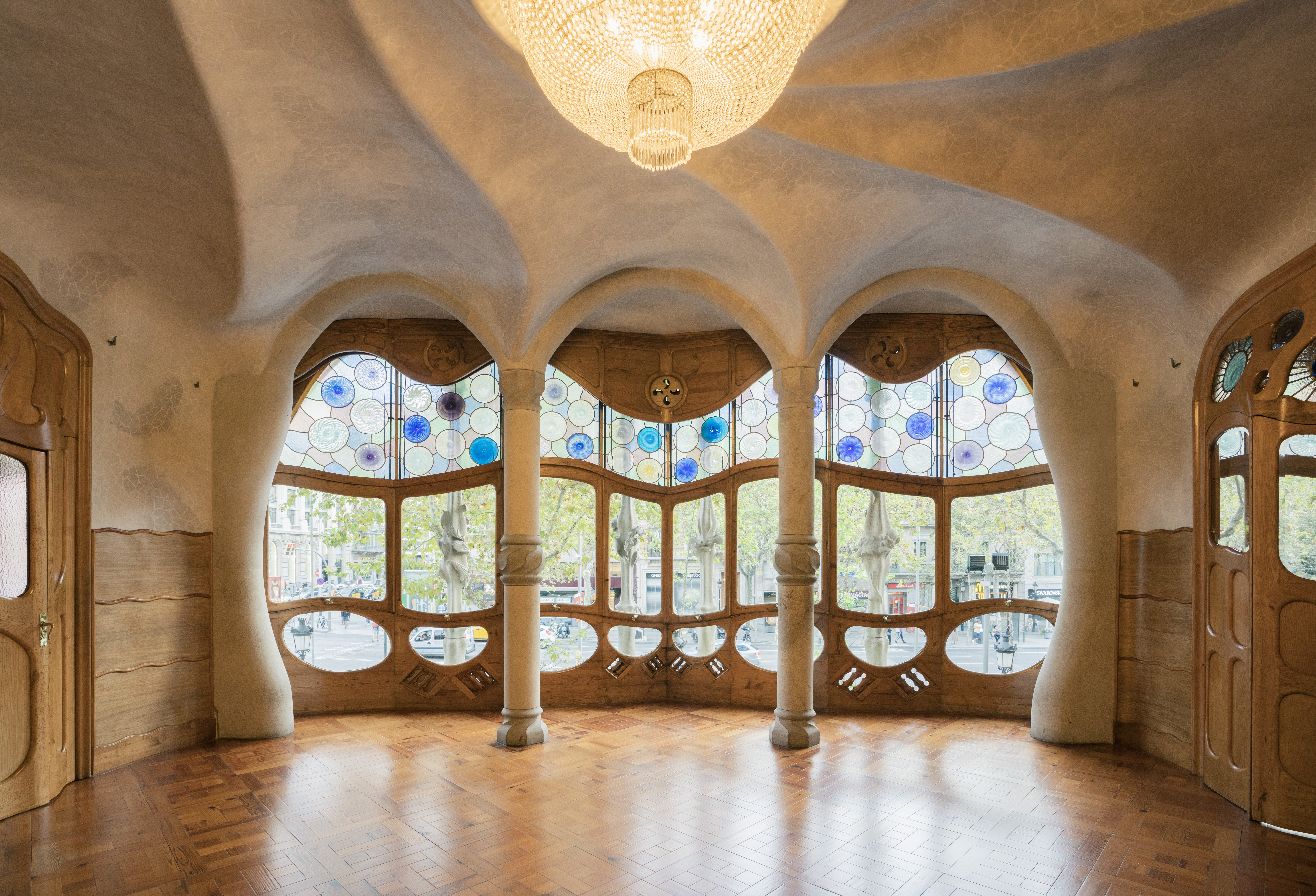
With more than one million visitors annually, Casa Batlló is an important landmark by Catalan architecture master Antoni Gaudí. Now, a new, comprehensive restoration of the building's rear façade, courtyard, and private garden means the residence will be ready to receive the public again in early 2025. Additionally, bringing the home's and Gaudí's legacy to the present day, the authorities behind the site's management and curation have been orchestrating a series of immersive visitor experiences and artistic collaborations, which in the past have included Refik Anadol and Sofia Crespo. The next one up is Italian artist Quayola, who will present a monumental projection mapping project on the home's façade on 1 and 2 February 2025.
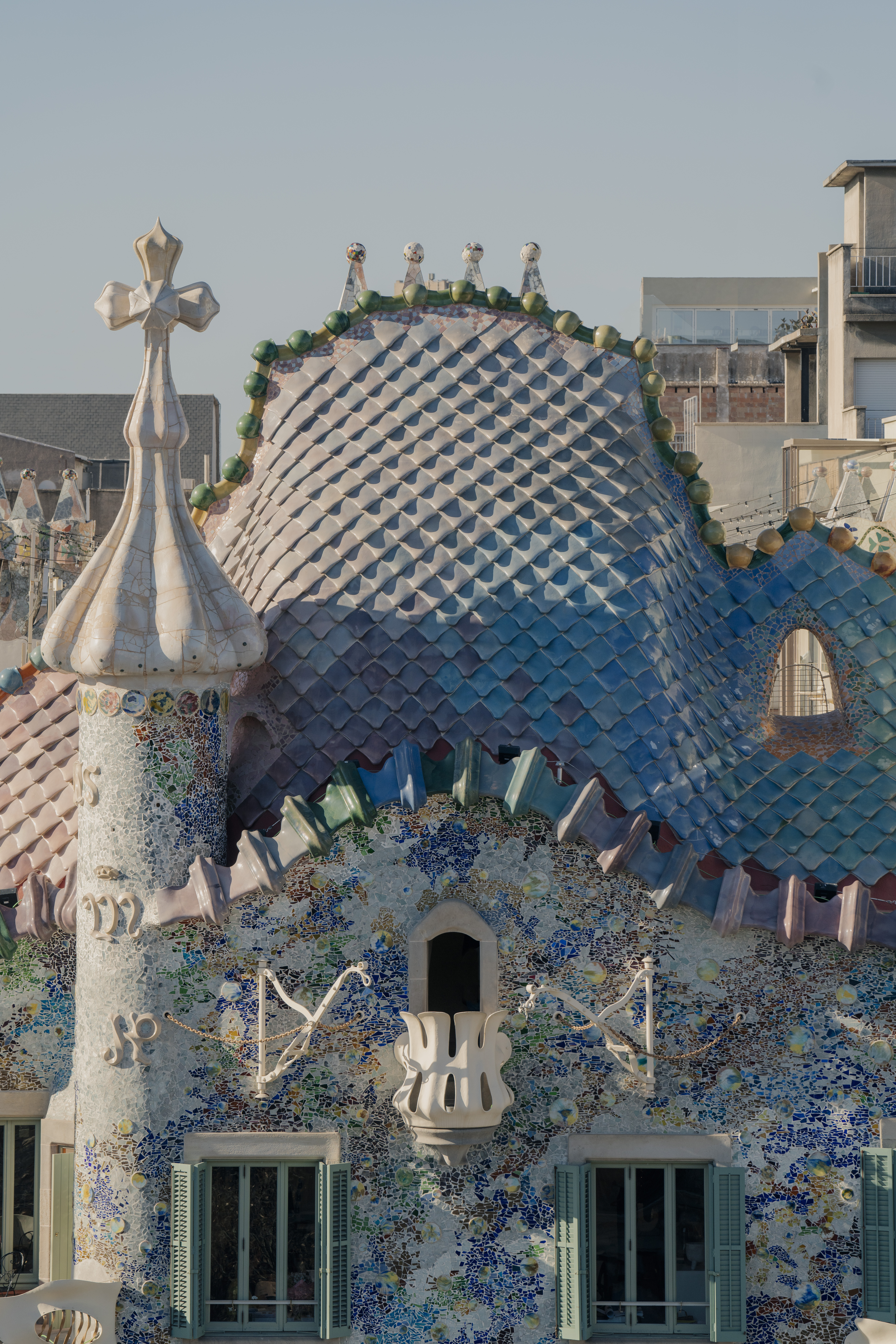
Spotlight: the case of Casa Batlló
We caught up with Gary Gautier, CEO of Casa Batlló, to find out more about the renovation works and the monument's future plans.
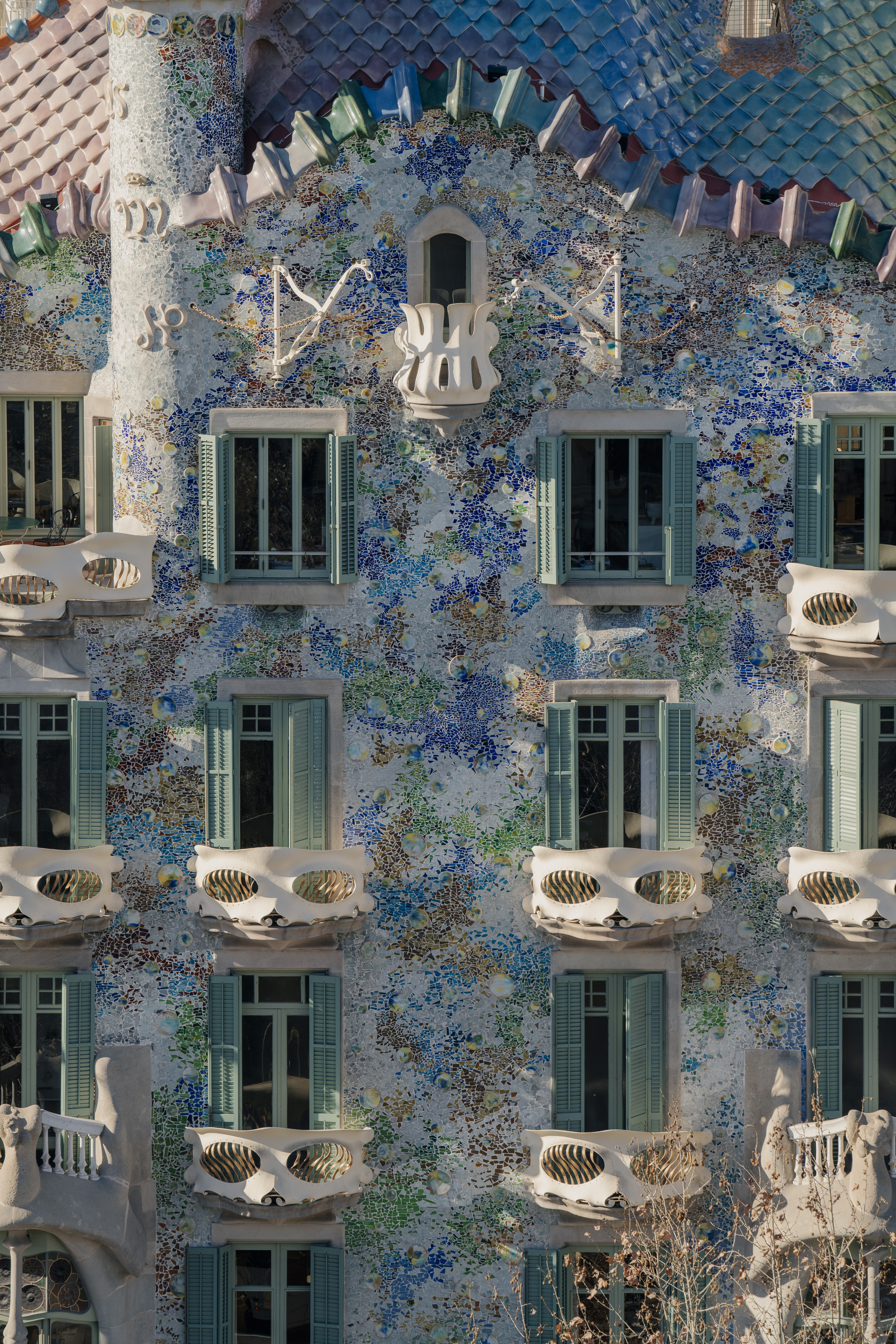
W*: What makes Casa Batlló stand out in Gaudí's oeuvre?
Gary Gautier: Casa Batlló is Gaudí's ‘happiest’ work. Created at the height of his career, it is a site of joy, an explosion of light and colour with one of the most fascinating façades in the history of architecture. It represents a turning point in his career, as it is the first work in which he completely fuses architecture and nature on an aesthetic, symbolic and functional level. Casa Batlló is a masterpiece where imagination, creativity, and architectural genius converge, showcasing Antoni Gaudí’s ability to transcend traditional design. It stands as a striking testament to his mastery in blending architecture, nature, symbolism and innovation.
Crowning it all is the legendary roof, famously referred to as ‘the House of the Dragon’, where colourful ceramic tiles mimic the scales of a dragon's back, symbolising the Legend of Saint George. The four-armed cross atop the roof represents the saint’s sword, adding a mythical dimension to this architectural marvel. Gaudí’s Casa Batlló is not just a building but a living organism, a work of art that immerses visitors in a sensory journey through nature, myth, and boundless imagination.

W* What has the restoration improved? What were its key areas of focus?
GG: Since 2018, we have intensified our restoration efforts, which are ongoing and follow decades of work, research, and development. Since then, several historic restorations have been carried out in spaces such as the main façade, the lobbies, the Batlló family home and the rear façade, also restoring numerous design and decorative elements. These restorations have involved an investment of 20 million euros and the collaboration of hundreds of professionals; they have included the use of the most advanced technology together with the collaboration of numerous local craftsmen, just as Gaudí [worked] more than a century ago. Casa Batlló is always being restored, and each intervention is a journey towards its original splendour, an adventure full of discoveries that constantly reveals new aspects of Gaudí's genius.
Wallpaper* Newsletter
Receive our daily digest of inspiration, escapism and design stories from around the world direct to your inbox.
The renovation of Casa Batlló has significantly improved the façade, restoring its splendour and original authenticity, particularly reflecting its appearance from 1906, the year Gaudí completed the building. This extensive restoration focused on several key areas: the façade underwent thorough cleaning, restoration, and the application of various conservation techniques across five distinct materials – stone, iron, ceramic, glass, and wood – each requiring specific treatments to recover its original state. The glass pieces forming the trencadís mosaic were meticulously restored through cleaning and replication of missing pieces. Ceramic tiles were also a focal point, with efforts made to clean, protect, and treat them to eliminate mould and bacteria. The balcony railings were restored to their original colour, with protective measures applied to ensure longevity.
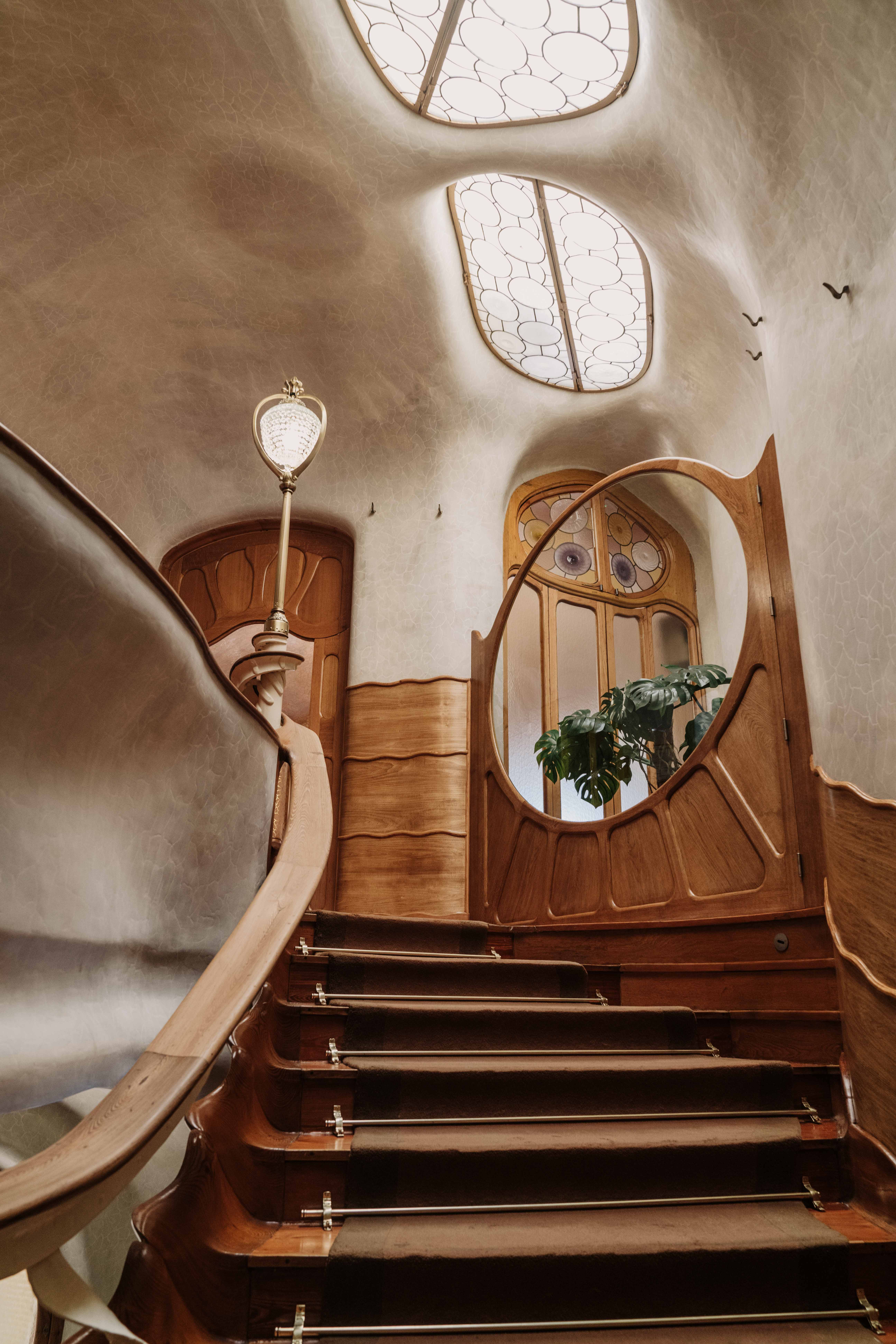
Additionally, all wooden elements were cleaned and repaired, replacing any broken parts with matching wood to retain the original characteristics. Lastly, the lower area of the façade, particularly the ground floor, underwent extensive cleaning and protection to restore its original colour and grain. To carry out the restoration, methodologies and techniques included stratigraphic studies using cutting-edge scanning technology, 3D-modelling, the involvement of the world’s best restorers, and the application of historical techniques.
This restoration has elevated the global historical significance of Casa Batlló as a World Heritage Site, marking the recovery of a true work of art – a remarkable challenge. Rather than merely preserving Gaudí’s work, we have returned to its origins in a sublime way. This is one of the finest restorations worldwide (including award-winning recognition for our efforts). Currently, we are completing the rear façade and courtyard while working on additional restorations to be unveiled in 2025. These will include surprising discoveries, revealing a previously unseen façade.
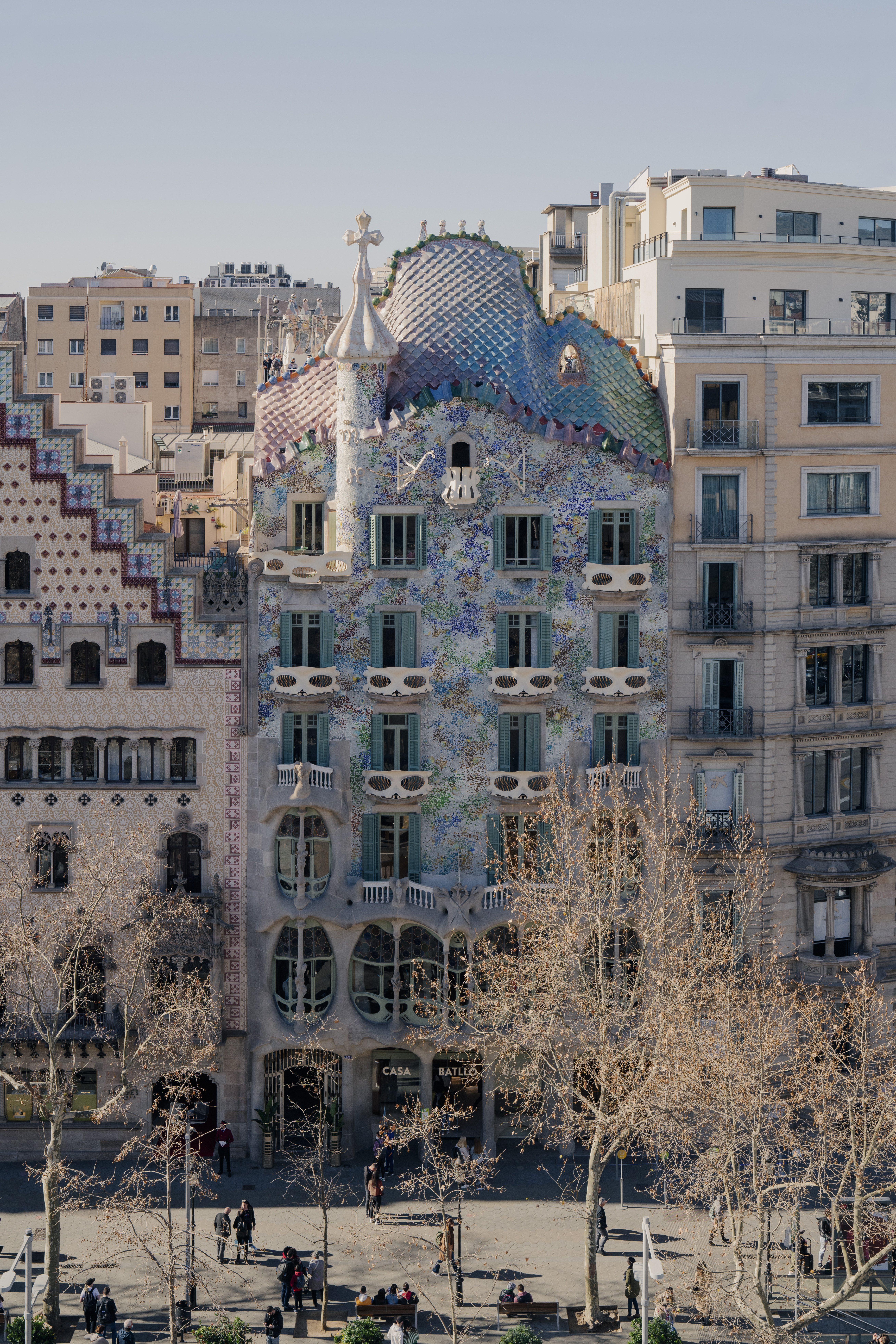
W*: What started as a modest renovation of an 1877 building by Emilio Sala Cortés, Gaudí’s former teacher, became one of the most expressive works in the architect's career. In what ways did it go beyond a mere stylistic approach?
CG: Gaudí's brilliance extended to an energy-efficient ventilation system, with manually adjustable window openings and patios designed to retain heat in winter and ventilate in summer – a forward-thinking approach to comfort and sustainability.
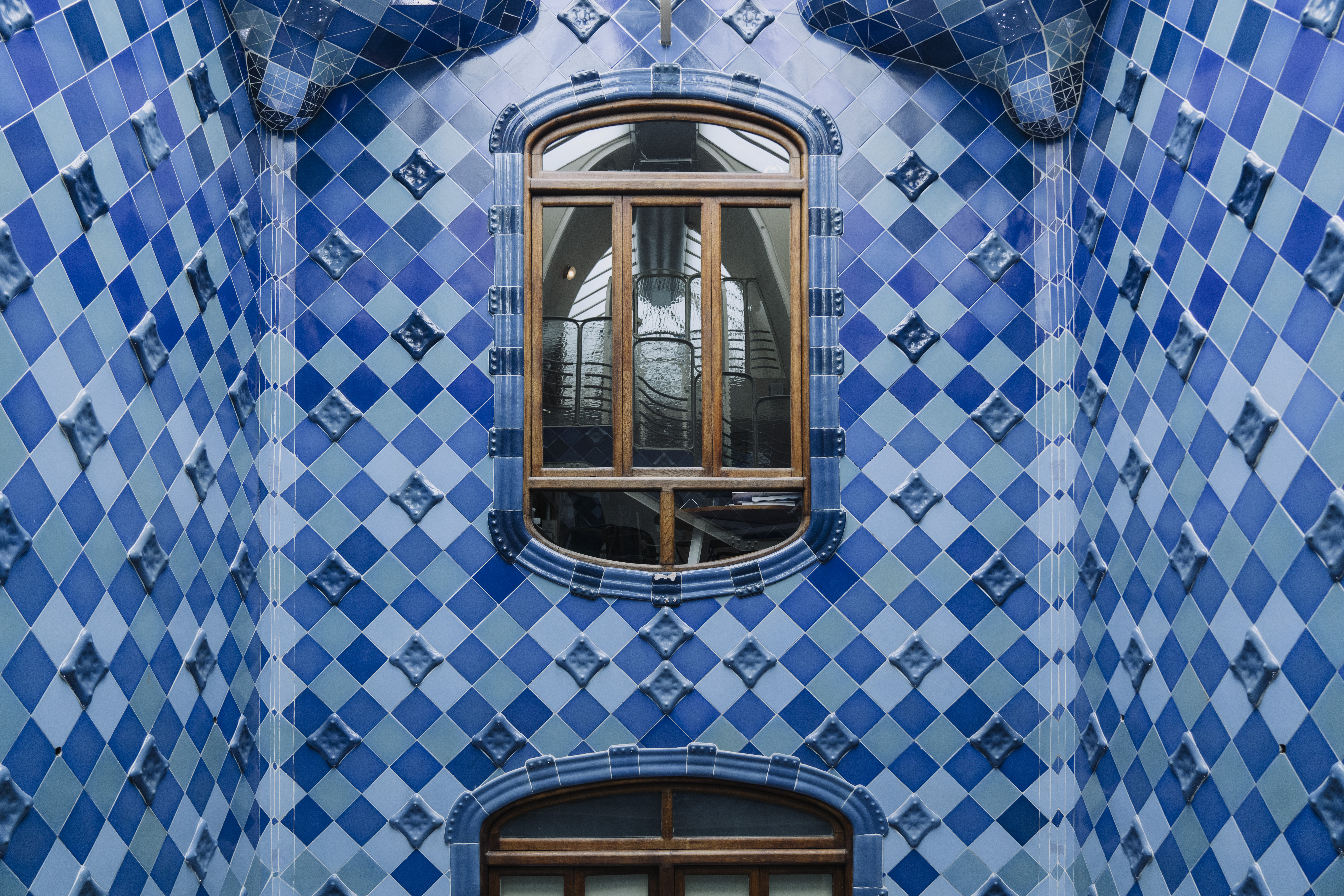
This spanned both functional and aesthetic choices, he explains, such as his use of trencadís, a mosaic technique of broken tiles and glass that adorns the façade, blending vibrant colours with an eco-conscious ethos. The undulating façade itself mimics the gentle waves of the sea, with its stone base and reflective elements creating captivating light effects throughout the day. This aquatic inspiration permeates the house, most strikingly in the cathedral glass on the landings, which evokes the feeling of peering into the depths of the Mediterranean Sea, a recurring motif in Gaudí’s designs.
Ellie Stathaki is the Architecture & Environment Director at Wallpaper*. She trained as an architect at the Aristotle University of Thessaloniki in Greece and studied architectural history at the Bartlett in London. Now an established journalist, she has been a member of the Wallpaper* team since 2006, visiting buildings across the globe and interviewing leading architects such as Tadao Ando and Rem Koolhaas. Ellie has also taken part in judging panels, moderated events, curated shows and contributed in books, such as The Contemporary House (Thames & Hudson, 2018), Glenn Sestig Architecture Diary (2020) and House London (2022).
-
 Warp Records announces its first event in over a decade at the Barbican
Warp Records announces its first event in over a decade at the Barbican‘A Warp Happening,' landing 14 June, is guaranteed to be an epic day out
By Tianna Williams
-
 Cure your ‘beauty burnout’ with Kindred Black’s artisanal glassware
Cure your ‘beauty burnout’ with Kindred Black’s artisanal glasswareDoes a cure for ‘beauty burnout’ lie in bespoke design? The founders of Kindred Black think so. Here, they talk Wallpaper* through the brand’s latest made-to-order venture
By India Birgitta Jarvis
-
 The UK AIDS Memorial Quilt will be shown at Tate Modern
The UK AIDS Memorial Quilt will be shown at Tate ModernThe 42-panel quilt, which commemorates those affected by HIV and AIDS, will be displayed in Tate Modern’s Turbine Hall in June 2025
By Anna Solomon
-
 This striking Spanish house makes the most of a tricky plot in a good area
This striking Spanish house makes the most of a tricky plot in a good areaA Spanish house perched on a steep slope in the leafy suburbs of Barcelona, Raúl Sánchez Architects’ Casa Magarola features colourful details, vintage designs and hidden balconies
By Léa Teuscher
-
 This brutalist apartment in Barcelona is surprisingly soft and gentle
This brutalist apartment in Barcelona is surprisingly soft and gentleThe renovated brutalist apartment by Cometa Architects is a raw yet gentle gem in the heart of the city
By Tianna Williams
-
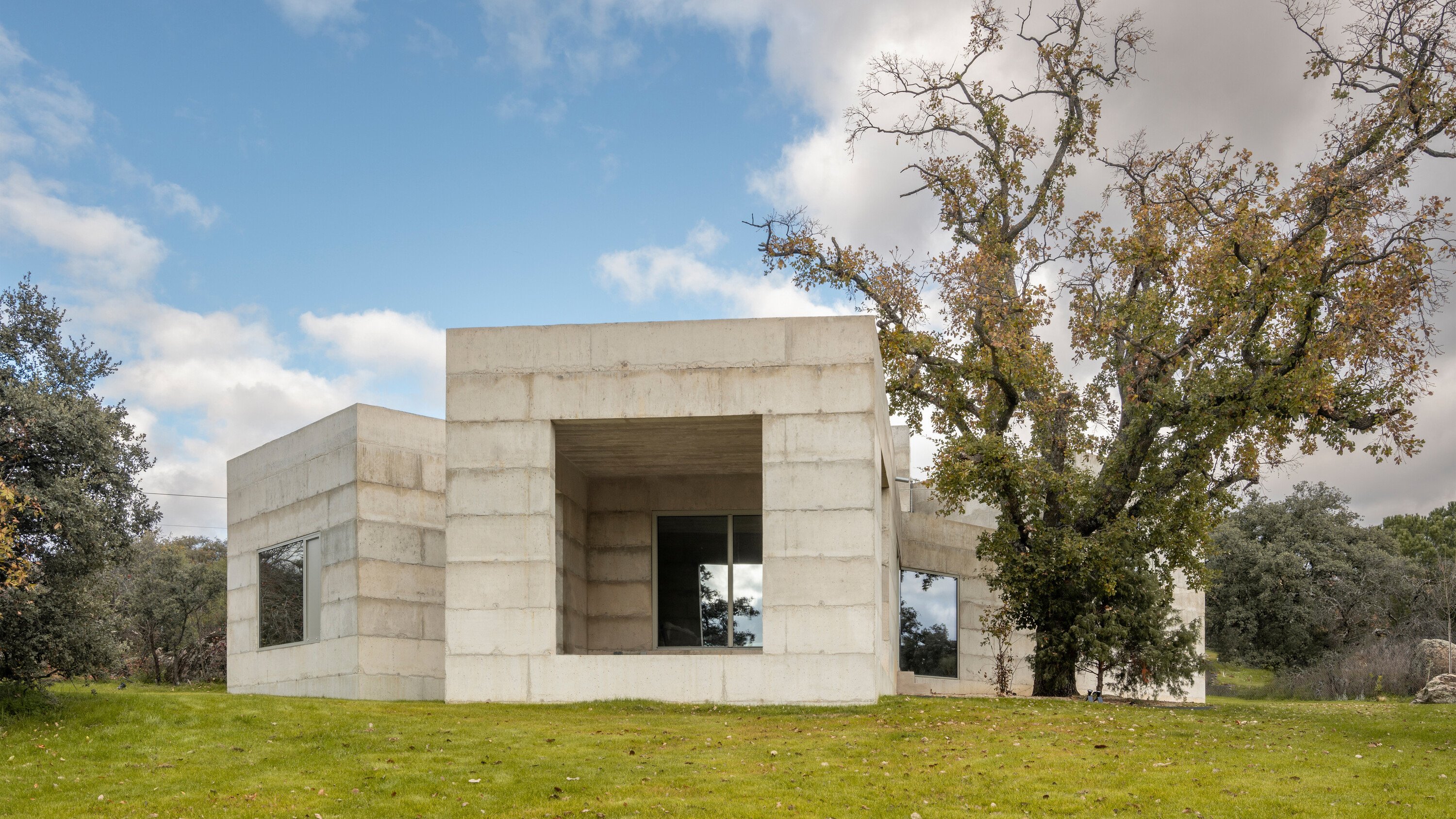 A brutalist house in Spain embraces its wild and tangled plot
A brutalist house in Spain embraces its wild and tangled plotHouse X is a formidable, brutalist house structure on a semi-rural plot in central Spain, shaped by Bojaus Arquitectura to reflect the robust flora and geology of the local landscape
By Jonathan Bell
-
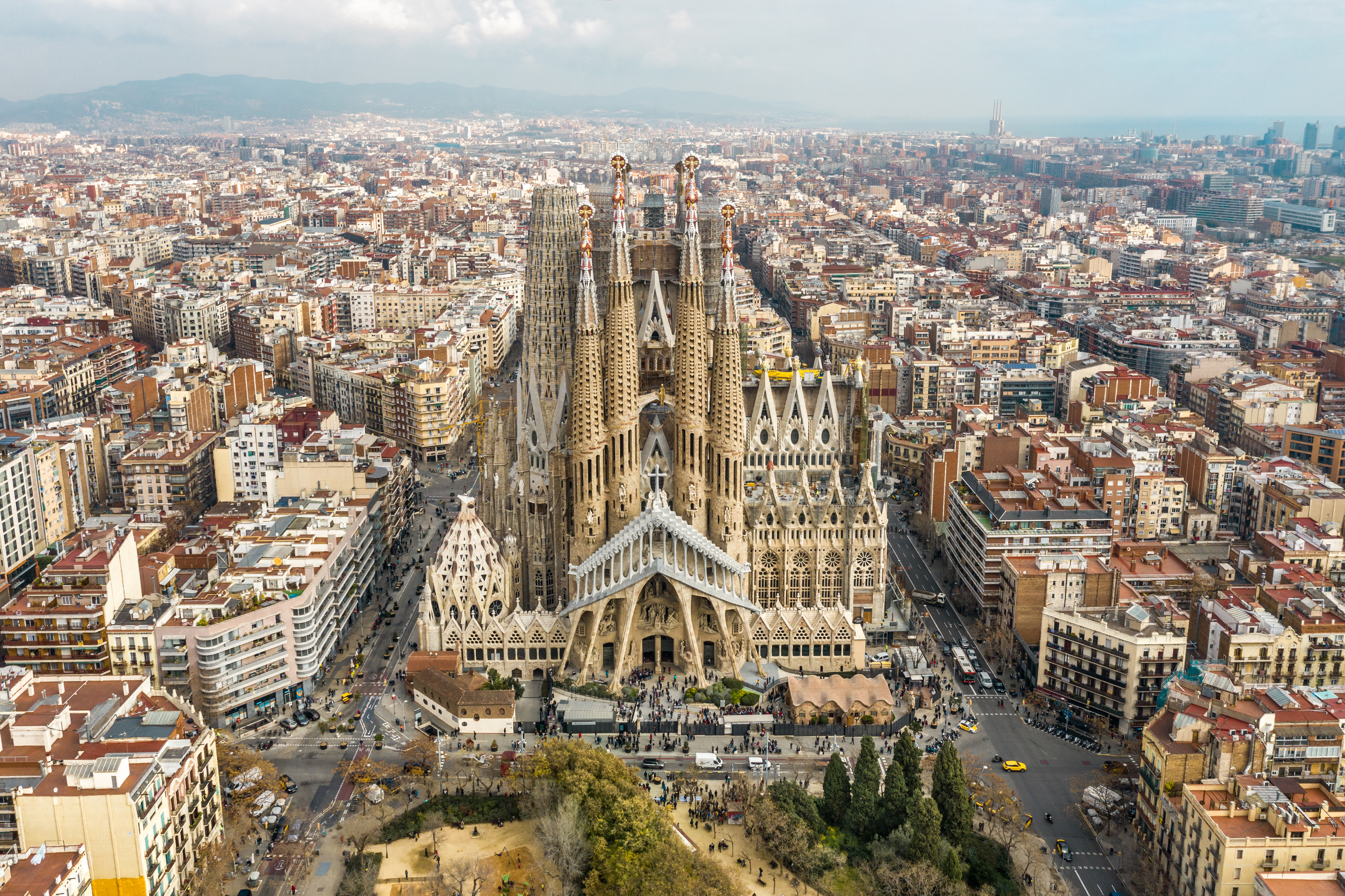 Antoni Gaudí: a guide to the architect’s magical world
Antoni Gaudí: a guide to the architect’s magical worldCatalan creative Antoni Gaudí has been a unique figure in global architectural history; we delve into the magical world of his mesmerising creations
By Ellie Stathaki
-
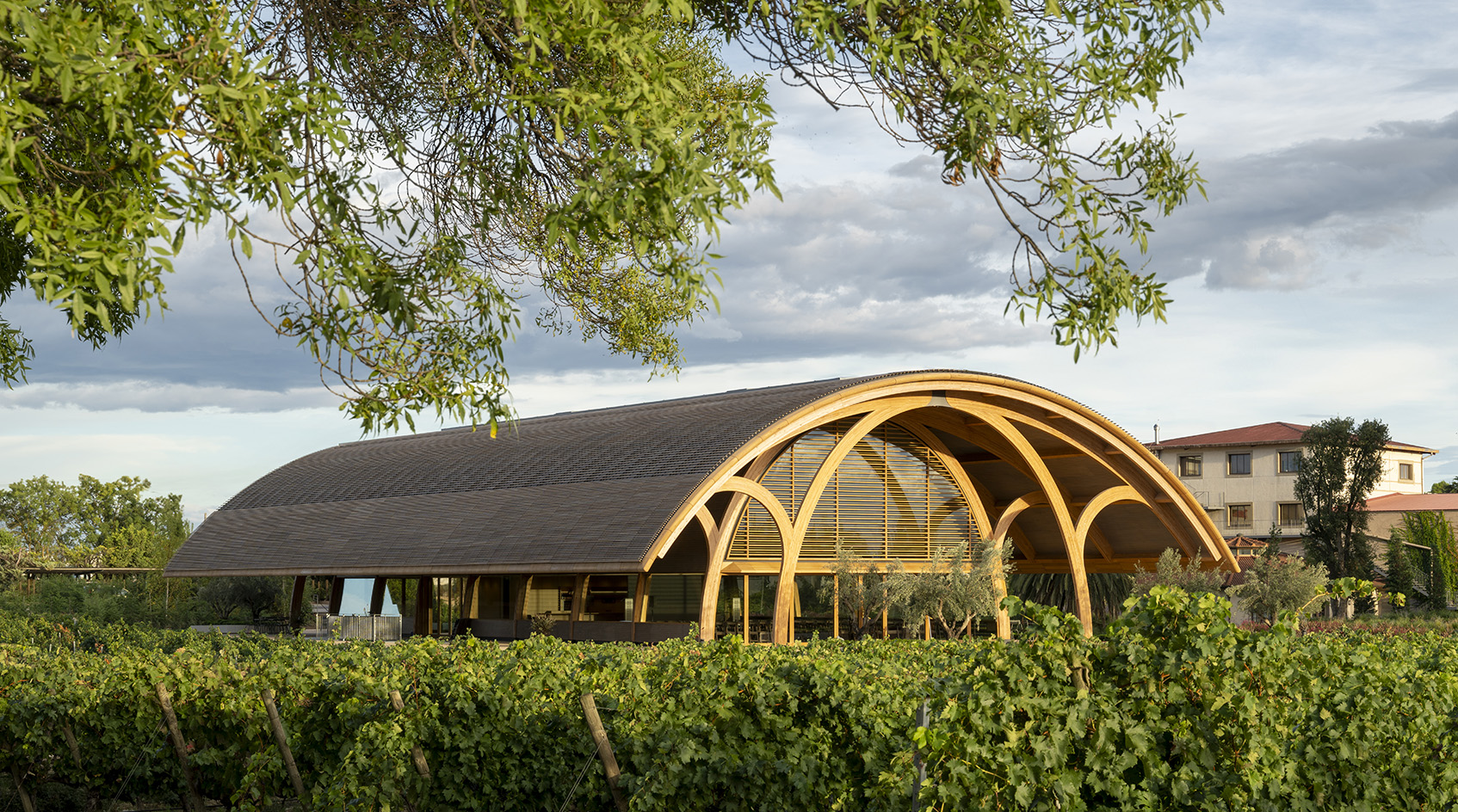 Bodegas Faustino Winery celebrates process through its versatile vaulted visitor centre
Bodegas Faustino Winery celebrates process through its versatile vaulted visitor centreBodegas Faustino Winery completes extension by Foster + Partners in Spain, marking a new chapter to the long-standing history between the architecture practice and their client
By Ellie Stathaki
-
 Playball Studio's architecture balances the organic and the technical
Playball Studio's architecture balances the organic and the technicalPlayball Studio, a young Indo-Spanish design practice, features in the Wallpaper* Architects’ Directory 2024
By Pallavi Mehra
-
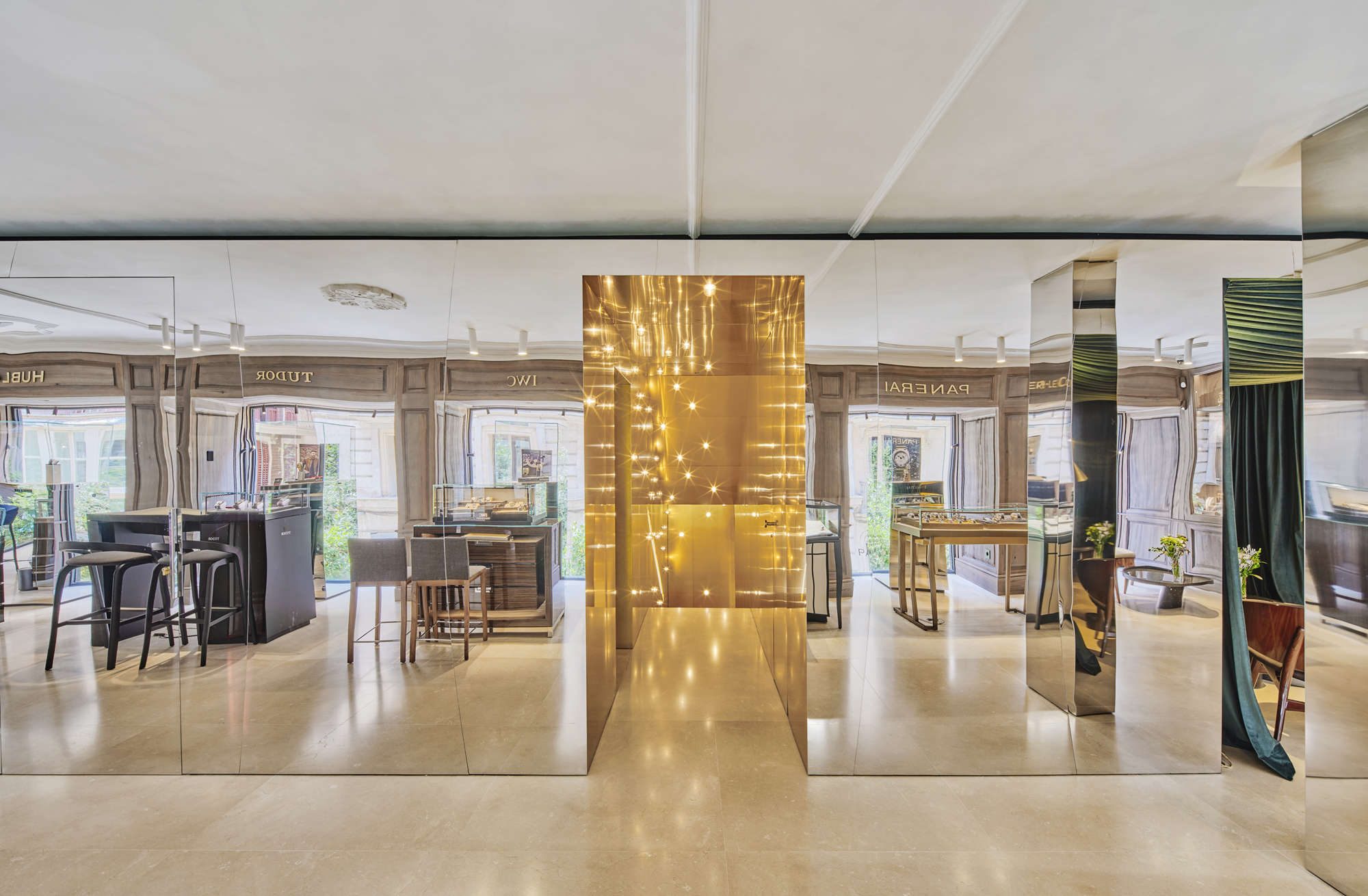 In Palma, beloved watch boutique Relojeria Alemana gets a dramatic revamp
In Palma, beloved watch boutique Relojeria Alemana gets a dramatic revampEdificio RA for Relojeria Alemana has been redesigned by OHLAB, refreshing a historical landmark in Palma, Mallorca with a 21st-century twist
By Ellie Stathaki
-
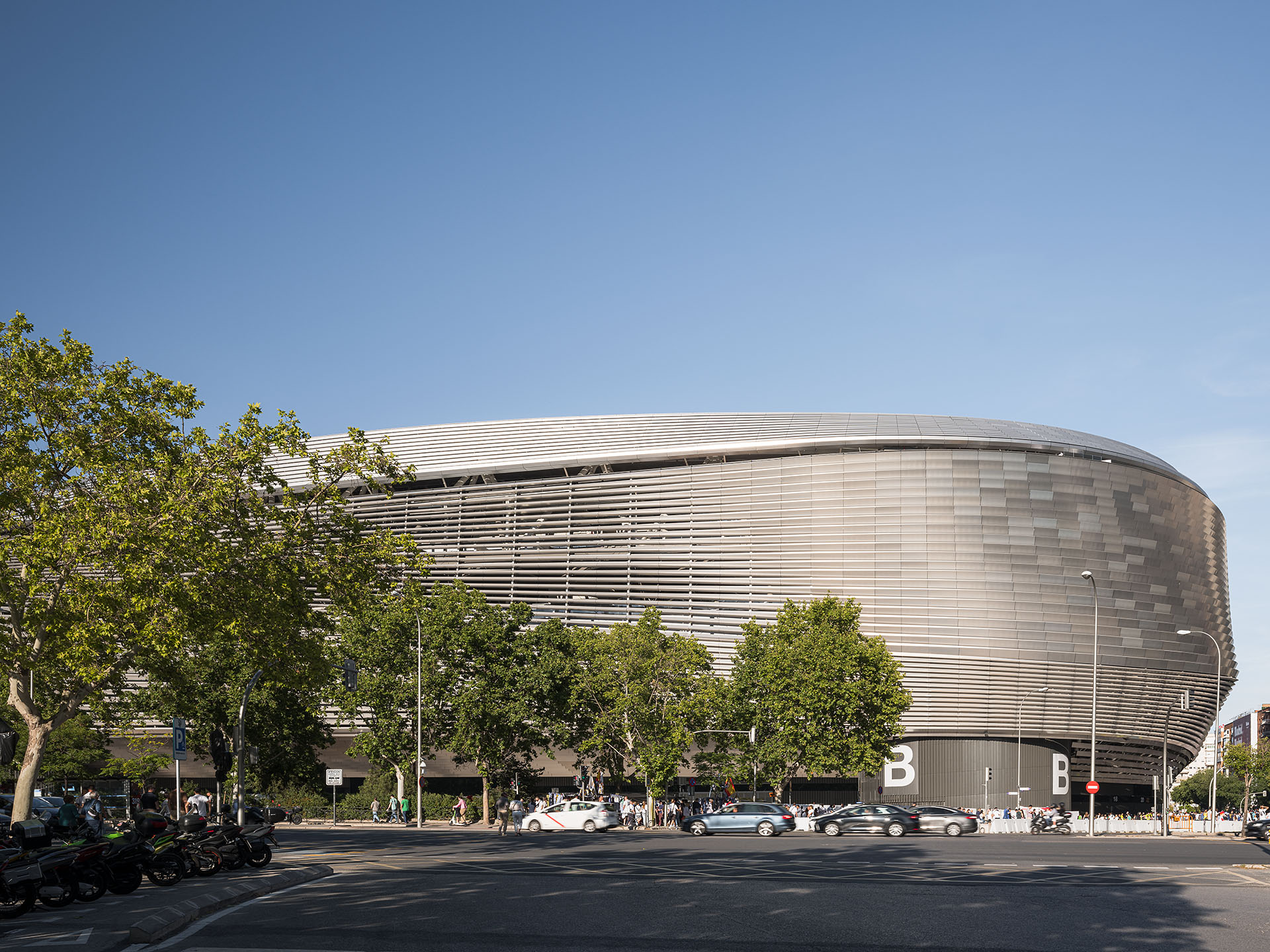 Santiago Bernabéu stadium redesign: a sneak peek into the works
Santiago Bernabéu stadium redesign: a sneak peek into the worksWe take a tour of the Santiago Bernabéu stadium in Madrid, as the beloved sports facility is being given a refresh
By Agnish Ray